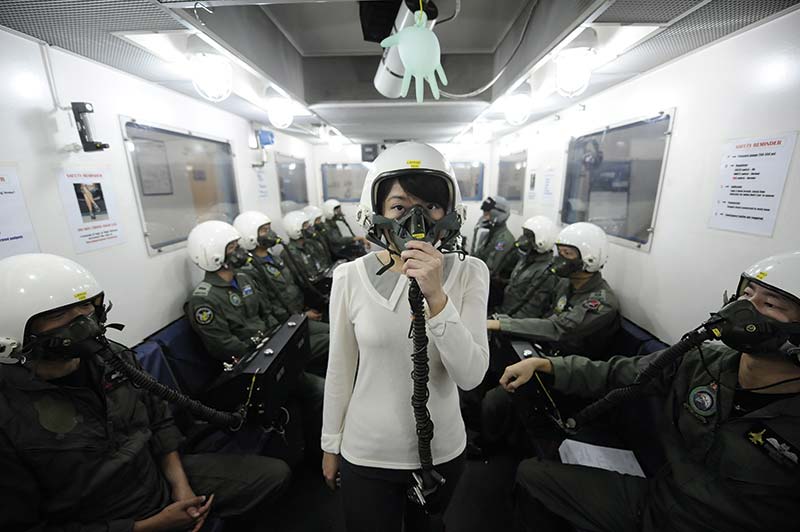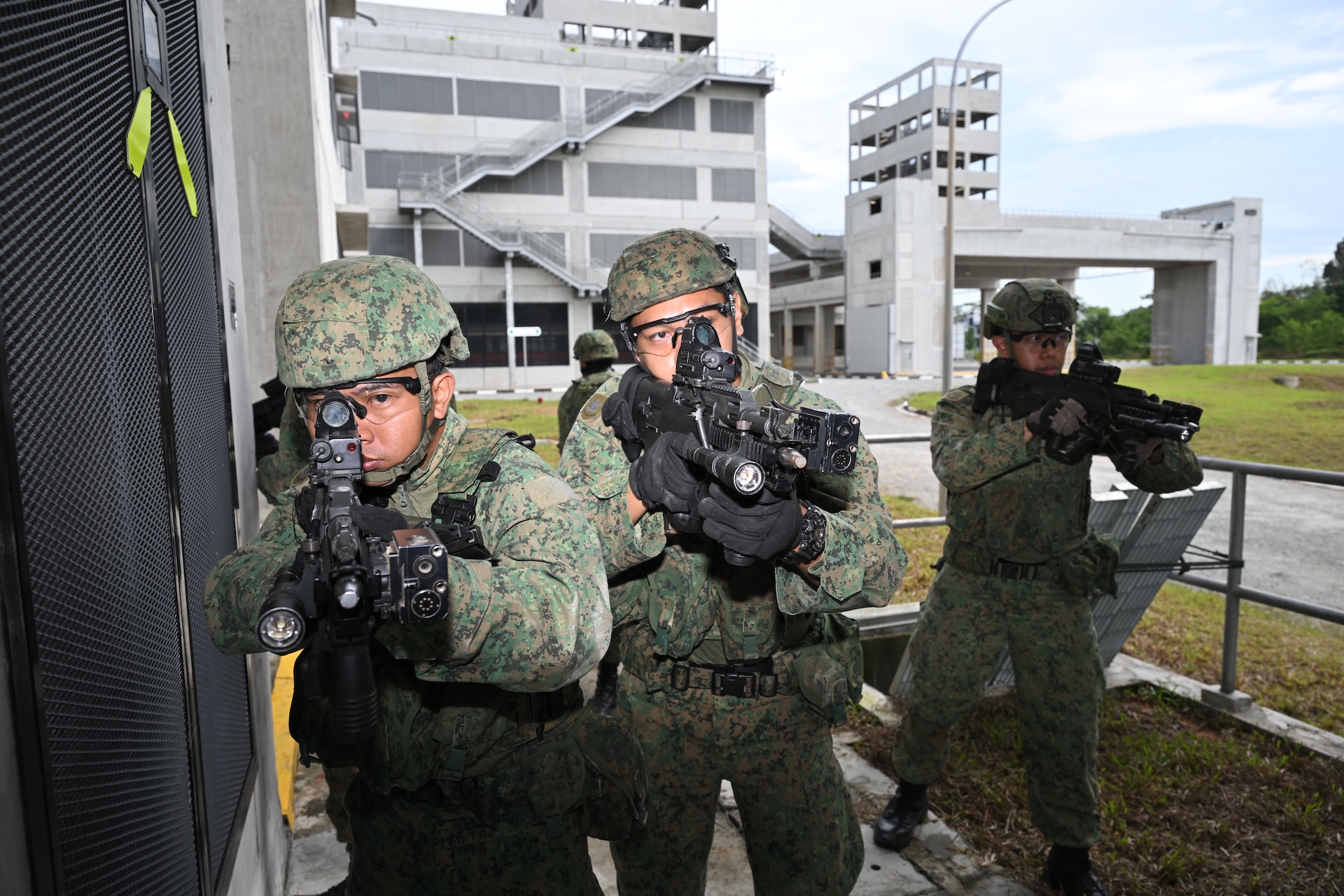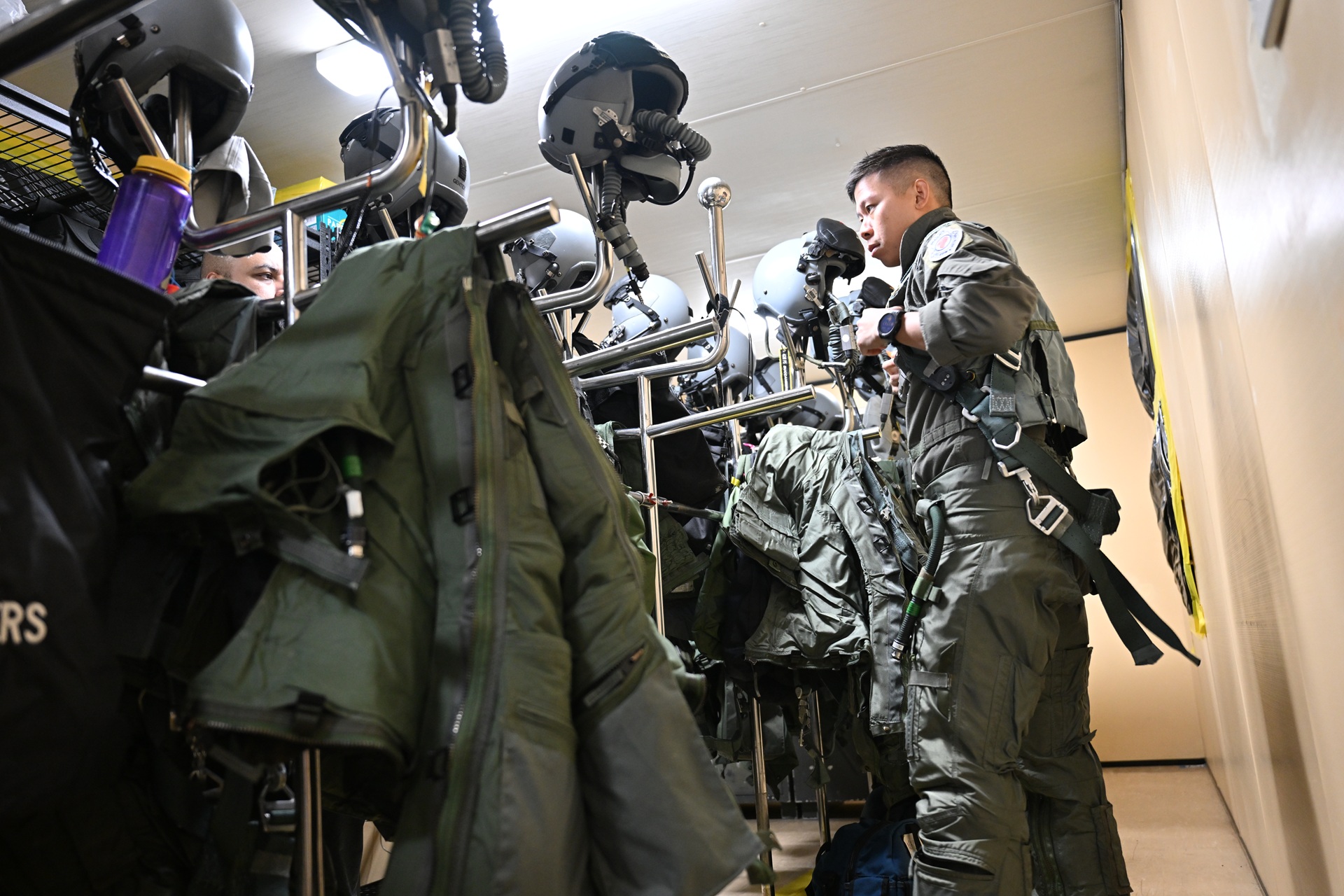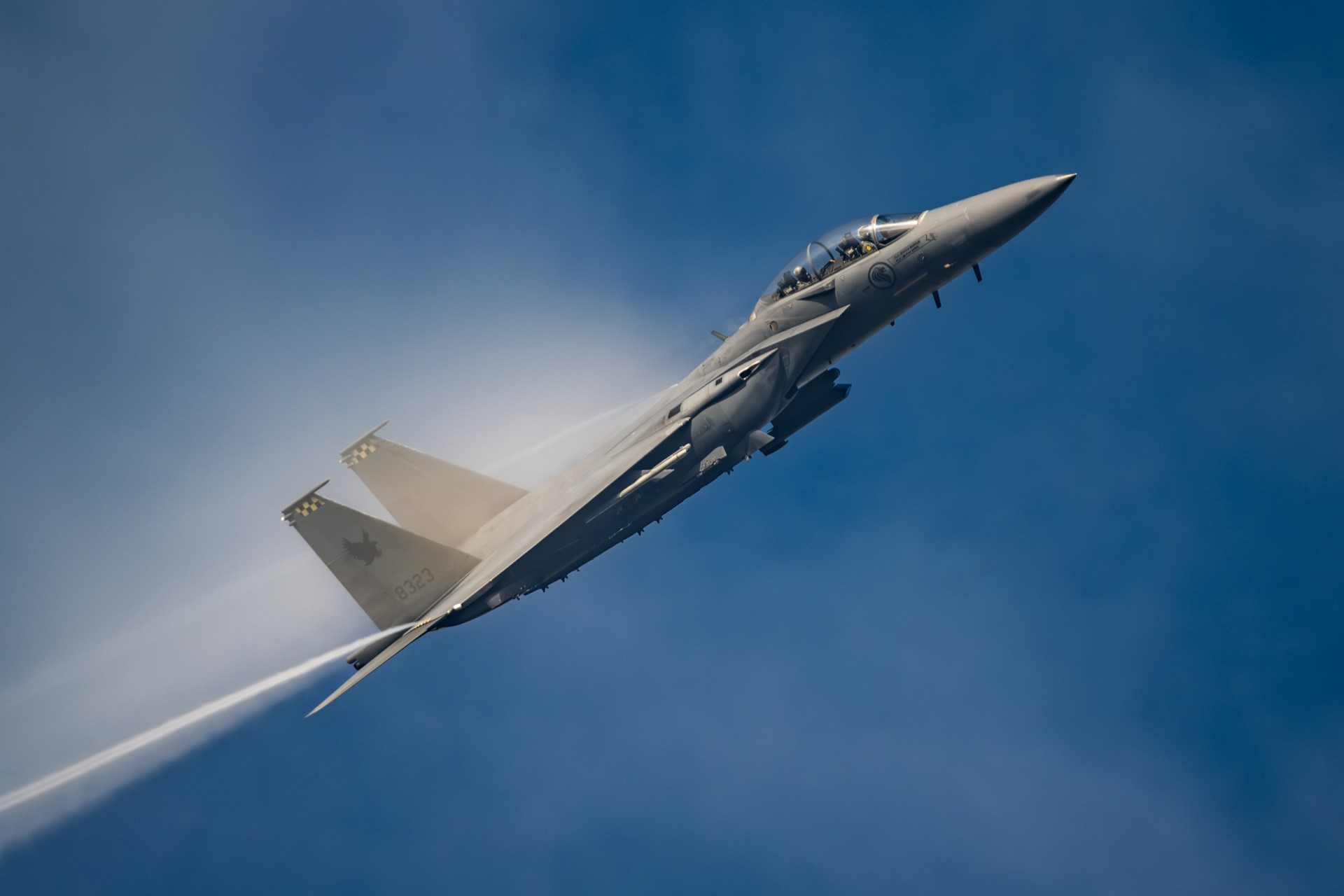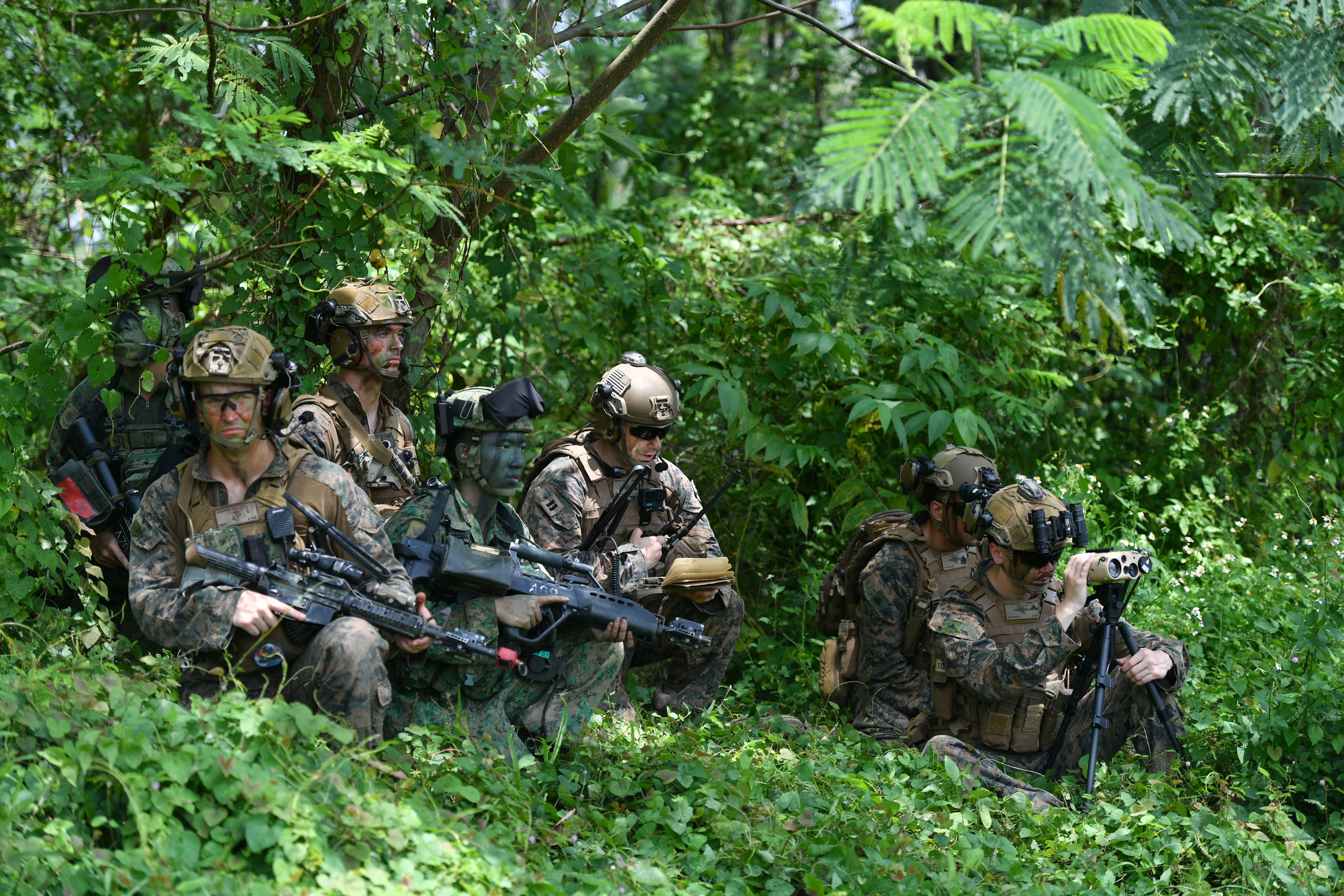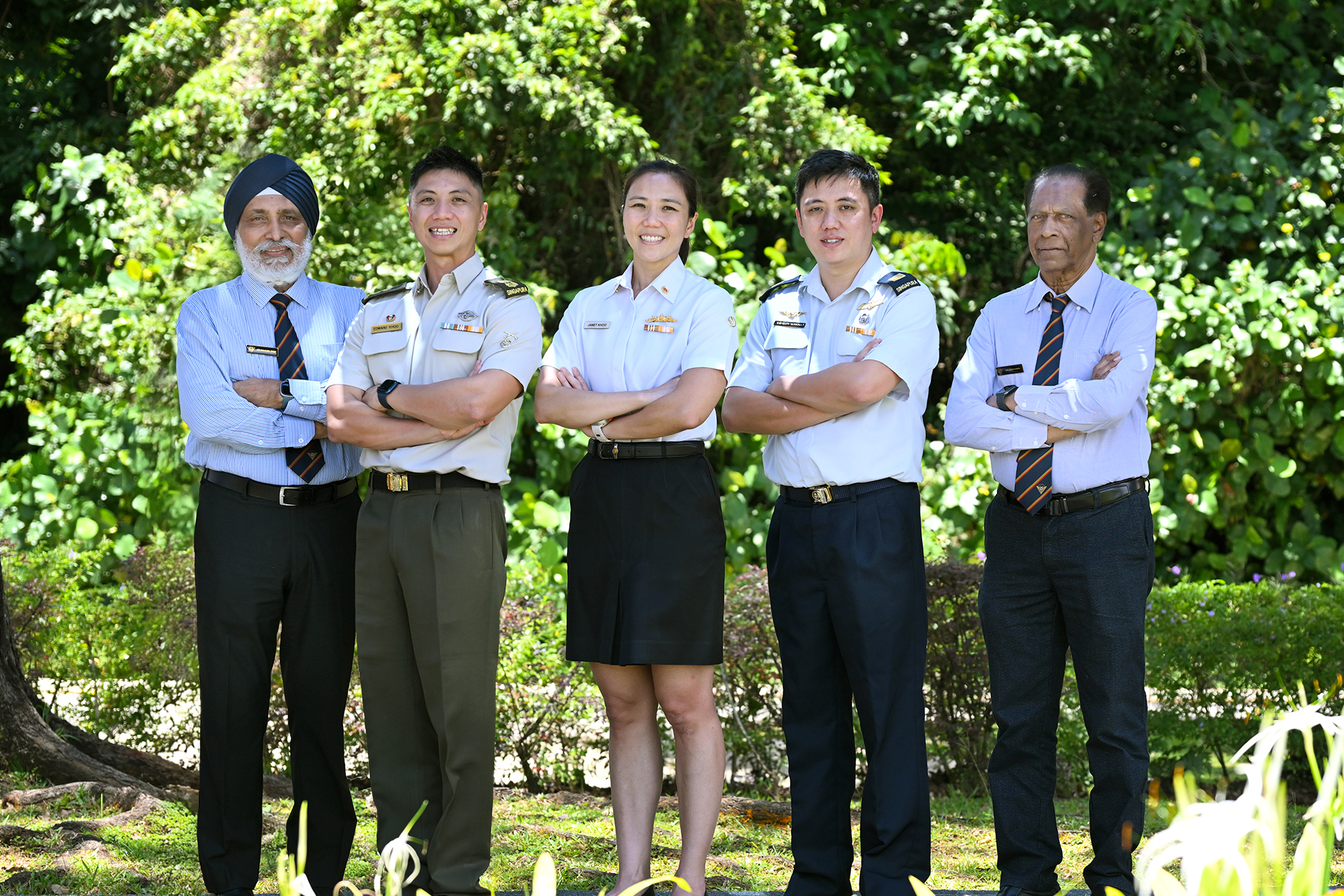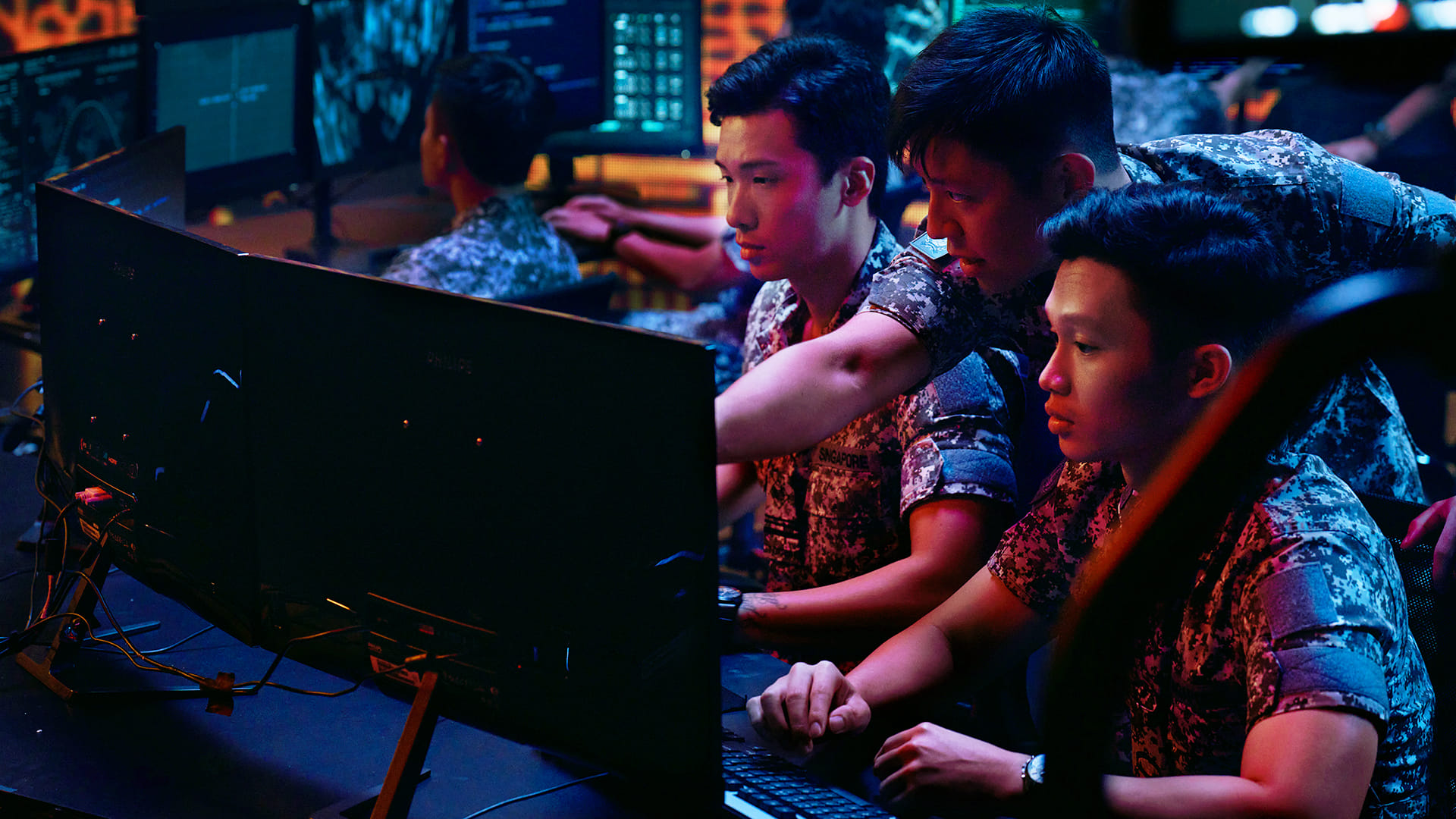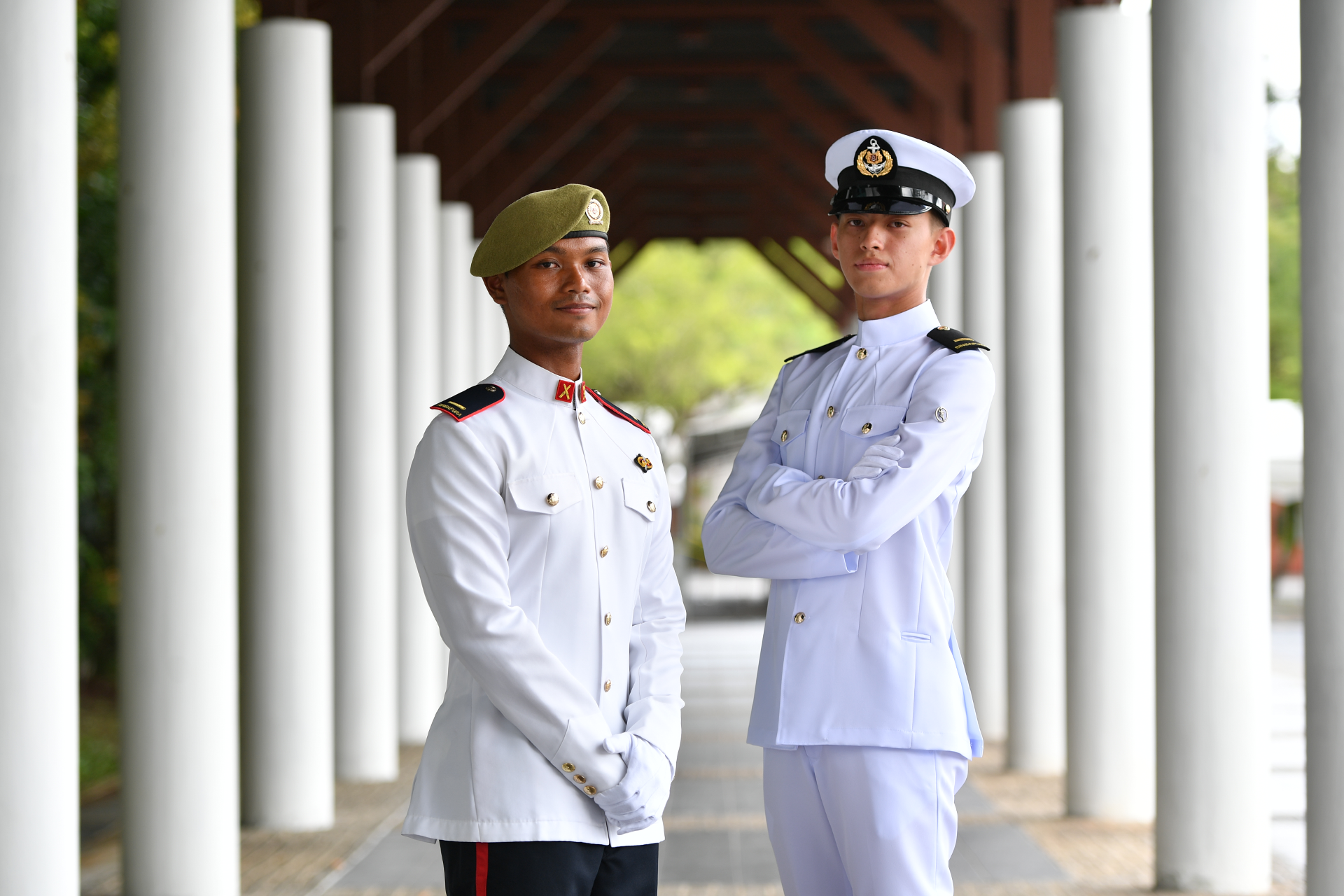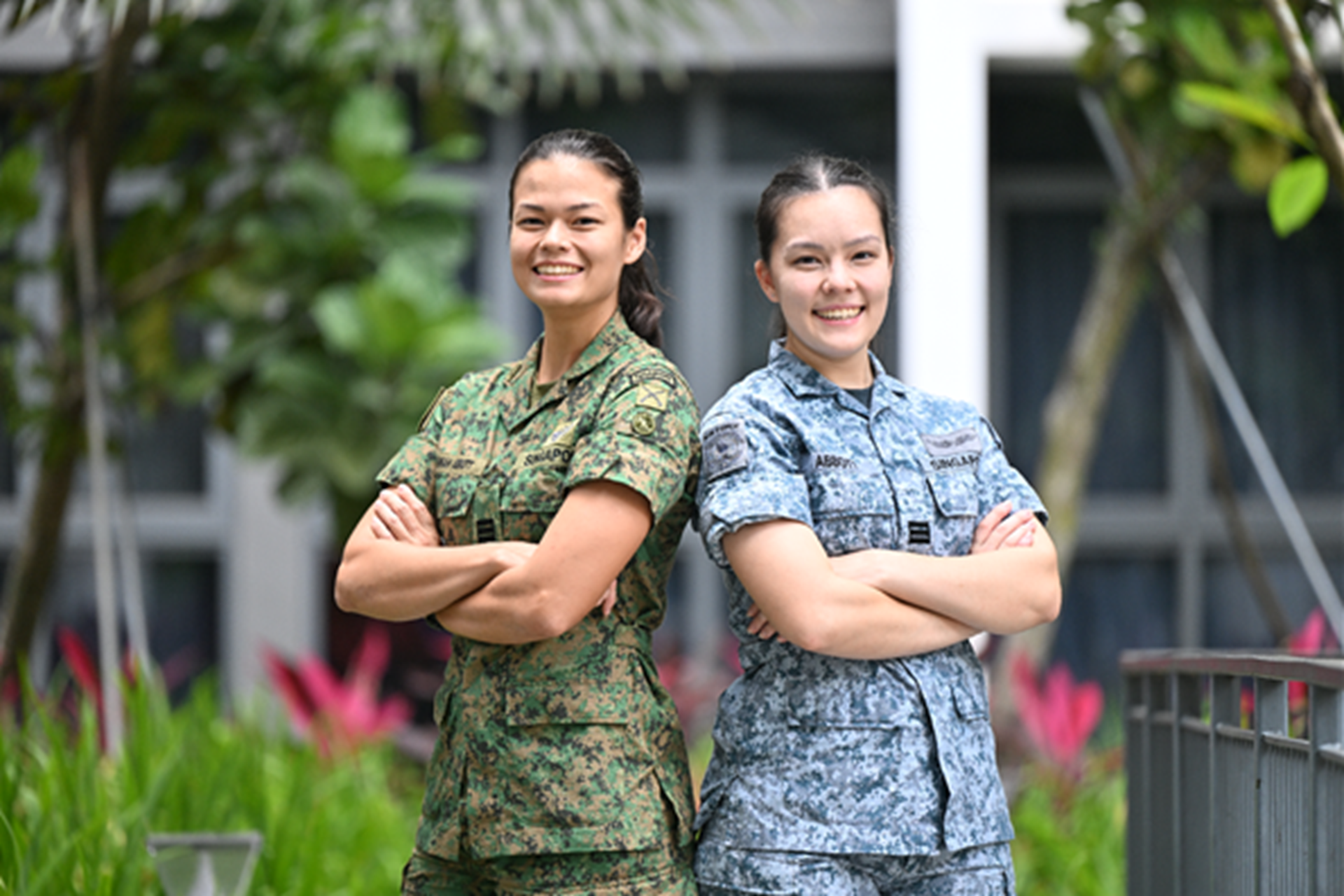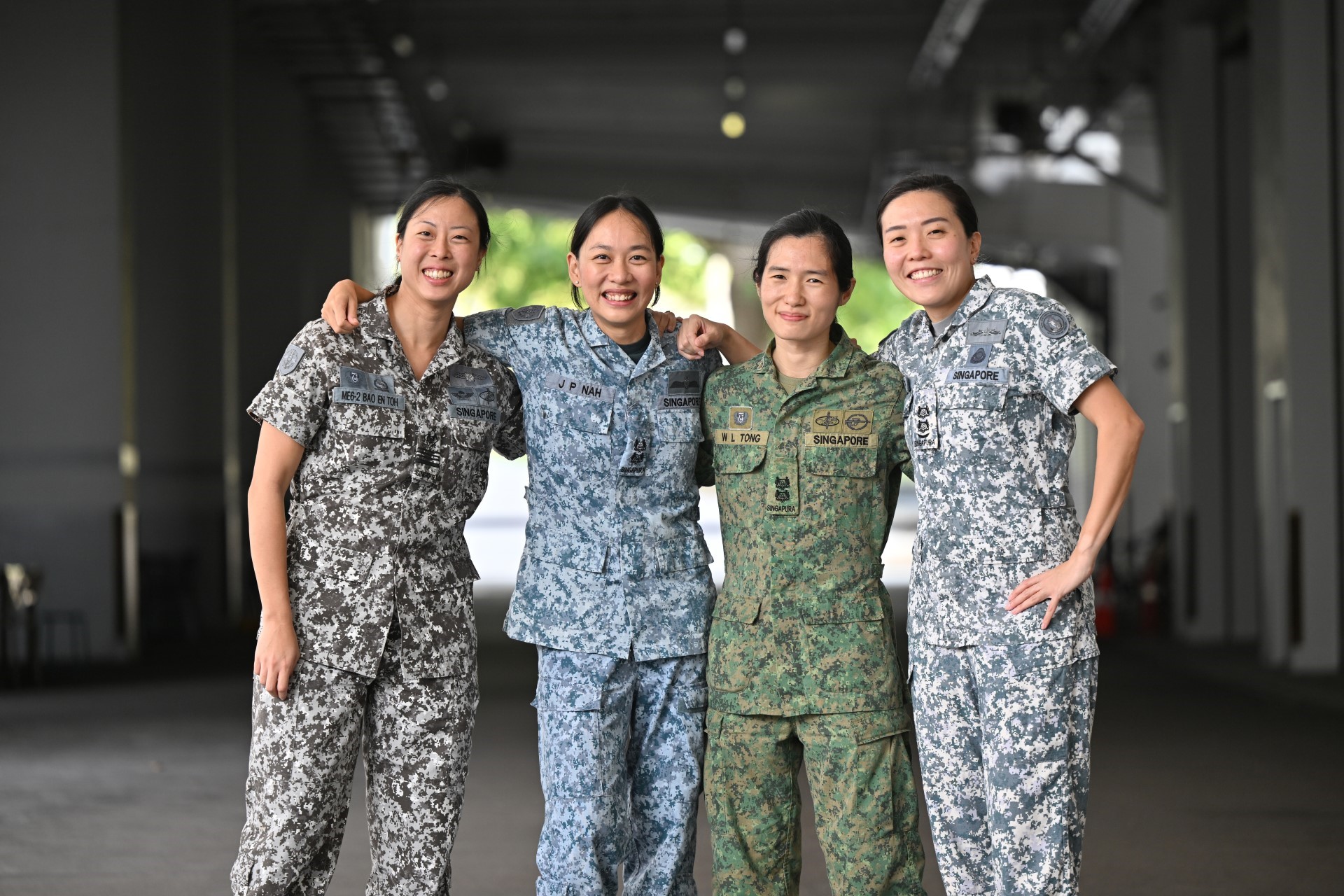TIME TO GET HIGH
PHOTO // Timothy Sim
Experience the highs and lows of the Hypobaric Chamber and Spatial Disorientation Trainer (SDT) with journalist Sherlyn Quek.
"Light-headedness. Tingling. Fatigue. Impaired judgment, confusion and the inability to concentrate. Poor muscle coordination." I grimaced as I read the list of hypoxia symptoms. "Machiam (like) falling in love ah."
Wisecracks aside, hypoxia, or oxygen deprivation, is no laughing matter. It affects a person's cognitive abilities and most people do not even realise they are suffering from it until it's too late.
The hypobaric chamber at the Republic of Singapore Air Force's Aeromedical Centre simulates high-alittude conditions, allowing air crew to experience its effects without leaving the ground. They learn to recognise hypoxia symptoms early, so they can quickly take corrective actions such as checking the oxygen system or flying lower to a "breathable" altitude.
Harder & harder to breathe
But before I could start the simulated ascent, I had to breathe 100 percent oxygen for 20 minutes. This helps to purge nitrogen from the bloodstream and delay the onset of hypoxia. To prevent oxygen leakage, I had to put the mask on so tightly the edges dug painfully into my skin. It was so uncomfortable I couldn't wait to tear the mask off and not breathe oxygen. When time was up and after doing a check to ensure that I was ready, the operators began to reduce the atmospheric pressure within the chamber, simulating an altitude climb from 1,000ft (305m) to 25,000ft in five minutes.
The only visible sign of the altitude increase? A surgical glove tied to the ceiling which had expanded to almost double its size! Can you spot it in the photo above?
For air crew, the operators simulated a much more rapid decompression in the chamber, climbing from 10,000 to 25,00ft in just a few seconds.
Finally, I was allowed to take my mask off. Ah, fresh Oh wait, there wasn't much air for me to breathe.
No air, no air
"What's seven times eight?"
I stared blankly at the worksheet for a shamefully long moment, before hesitantly scribbling down my answer.
Sadly, my uncertainty wasn't because I was suffering from the effects of hypoxia or oxygen deprivation.
My math skills are really that bad.
After the masks are removed, air crew are asked to complete tasks such as arithmetic problems and "spot the difference". When a person starts having trouble performing these simple tasks, he is likely to have reached the limits of his "time of useful consciousness". If hypoxia continues, he can become euphoric, lose motor-coordination, colour vision and even consciousness.
I'd chuckled when I saw one of the pilots in the previous training session struggle to finish the maze problem. Now that I was on the other side of the glass panel, I wasn't feeling as confident as I was an hour ago.
While I didn't notice any difficulty going through the pen and paper exercises, after two minutes I felt increasingly cold and just a little dizzy. In another minute, my vision became slightly blurred and there was a mild tingling sensation as though ants were crawling on my hands.
Luckily, three minutes was the limit. After that, I gladly placed the oxygen mask back on, and the chamber "descended" back to sea level atmospheric pressure.
Later throughout the afternoon, I had to keep "popping my ears" by yawning or doing the Valsalva manoeuvre (exhaling while pinching the nose and keeping the mouth shut). This helps to equalise the pressure between the middle and outer ear canals.
To my colleagues: Apologies if you thought I was bored and kept yawning during our conversations. And to those unfortunate folks standing around me in the MRT that day: Sorry if you assumed I was holding my nose because someone had just farted!
Spin me right round
As if going through oxygen deprivation wasn't enough, I returned to the Aeromedical Centre on another day to spin myself dizzy.
The SDT is a full-motion simulator that trains pilots to be mindful of the sensory illusions that occur during flight. Here, the concept of "trusting your gut" doesn't work. In fact, it could cause grave danger.
During poor weather conditions, a pilot may not be able to see the horizon. Without this important visual cue, his perception of his position and movements becomes heavily dependent on the balance organs in his ears. Unfortunately, this is not always a reliable sensor.
Highway to the danger zone
For example, if the aircraft makes a very slow roll to the right, balance-sensing fluids in the ear are unable to detect it as the rotation is too gentle and gradual.
But when the pilot notices the tilt shown on the plane's instruments and attempts to correct it by rolling the plane to the left, he may feel that the plane is now leaning to the left instead.
This is because even though the plane is already level, his balance organs continue to tell his brain that he is moving left. Aviators call this "the leans".
A more drastic example of this illusion is the aptly named "graveyard spin". I was asked by the SDT operator to turn the aircraft into a left spin and continue it for several seconds until I could no longer sense the turn. I then had to recover the aircraft by turning to the right.
Even though in-flight instruments clearly indicated that the plane was level, I had the overwhelming sensation that I was now entering a right spin. If I trusted my senses and believed the illusion, I would go back into a left spin.
Continue doing that several more times, and I might lose enough altitude to crash my plane into the ground!
Remaining calm and disciplined, and controlling the aircraft by relying on the instruments instead of flying by the seat of your pants could save your life.
I believe I can('t) fly
Life as a pilot may seem pretty glamorous, but having experienced the various machines at the Aeromedical Centre, I could see that it takes a strong physical constitution, quick reflexes, and most importantly, years of dedication and training.
It's a good thing I had no such lofty goals! Now that this series is over, I'm happy to keep my feet firmly on the ground. Until the day I fall in love anyway!
Catch this video about the hypobaric chamber at mindef.sg/aeromed2!
